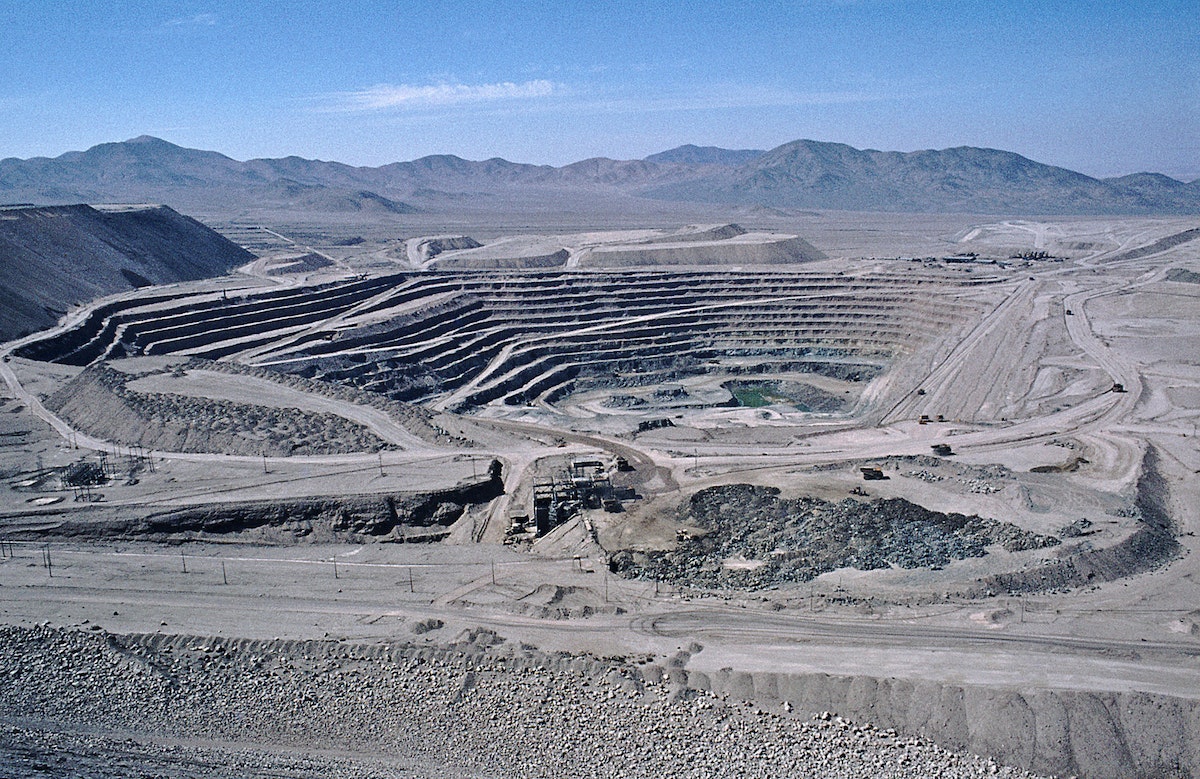How to Balance Accelerating Mine Development with Preserving Social Safeguards
The United States must get critical minerals right

-
-
Share
-
Share via Twitter -
Share via Facebook -
Share via Email
-
The clean energy transition will drive dramatic growth in consumption of the critical minerals used in a wide range of clean energy technologies. For example, a recent Breakthrough Institute paper calculated that deployment of wind and solar infrastructure could increase global demand for aluminum and copper by 14–17 percent by approximately 2030 and approximately triple consumption of some rare earth elements relative to current levels. Meanwhile, the International Energy Agency projects that worldwide lithium and graphite demand will surge sixfold by 2030, with nickel and cobalt demand doubling over this same period.
In recent decades, China has achieved dominance of the global critical mineral supply chain, and without thoughtful policy interventions, increases in demand will only deepen China’s advantages. As a result, researchers, policymakers, and others from across the political spectrum have called on the United States to help diversify current critical minerals supply chains.
Broadly, bolstering domestic supply chains has emerged as a point of bipartisan consensus, but the Right and Left diverge on specifics. Democrats have taken a cautious stance, emphasizing the need for environmental safeguards, while Republicans have advocated putting the pedal to the deregulatory metal. Some common-sense reforms, articulated in a newly-released Breakthrough Institute report, aim to strike a balance between the two sides, making use of existing processes to accelerate mineral development while still preserving strong social safeguards.
Of these proposals, the first is to empower agencies to use programmatic review more often. The programmatic review process streamlines permitting agencies' efforts by grouping together similar requests from across agencies at the outset, resulting in improved efficiency and shorter lead times. The Fiscal Responsibility Act of 2023 (FRA) extended the expiration date for programmatic reviews to 5 years, aiming to encourage agencies to use this approach more frequently. However, in practice, the benefits may not be fully realized because the process relies on an already overburdened staff to be proactive.
Although the IRA allocated substantial funding toward permitting workforce development, it is important to consider that permitting staff often possess specialized technical skills. To fully staff permitting agencies, Agencies will need to have a long-term workforce development strategy. To address this issue, Congress should invest in the permitting workforce by establishing a hiring pipeline that focuses on recruiting, training, and providing sustained support to permitting staff.
Second, the United States should prioritize critical mineral mining: A separate statutory classification for critical minerals would allow land management agencies to prioritize critical mineral development over other uses during the programmatic review process. The recognition would give greater purpose to the U.S. Geological Survey’s existing list of critical minerals, allowing policymakers to tailor solutions to fit the country’s decarbonization and national security goals.
Third, the United States needs better data. CEQ has released minimal data on NEPA timelines. In fact, one of the only data sources on the matter comes from a one-off report published by the agency in 2020. Months of permitting reform discussions have focused upon improvements to the NEPA process, but for the federal government to craft effective policy, the public requires full information. CEQ should consistently release data on all NEPA process timelines to guide a responsible policy making process, and expand this practice to include equivalent data for Categorical Exclusions and Environmental Assessments.
Finally, agencies should work with mine operators to help minimize mine operator delays. Mine operators can slow projects by weeks to years through voluntary pauses, elective changes to mine plans, submission of insufficient plan materials, or difficulties in securing bonding. Additional support to mine operators would mitigate avoidable delays, particularly those resulting from low-quality plans or misunderstanding of regulations. Agencies should use up-to-date reference materials and websites to reduce mine operator dependence on correspondence with lead agencies, and assign across-agency caseworkers to more proactively guide mine-operators through the permitting process.
In order to expand critical mineral development in the United States, policymakers must identify and prioritize underlying opportunities like these to improve regulatory efficiency. For more details, we refer readers to the full version of our report HERE.


